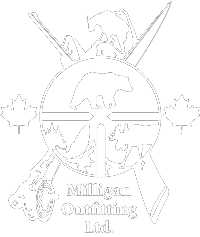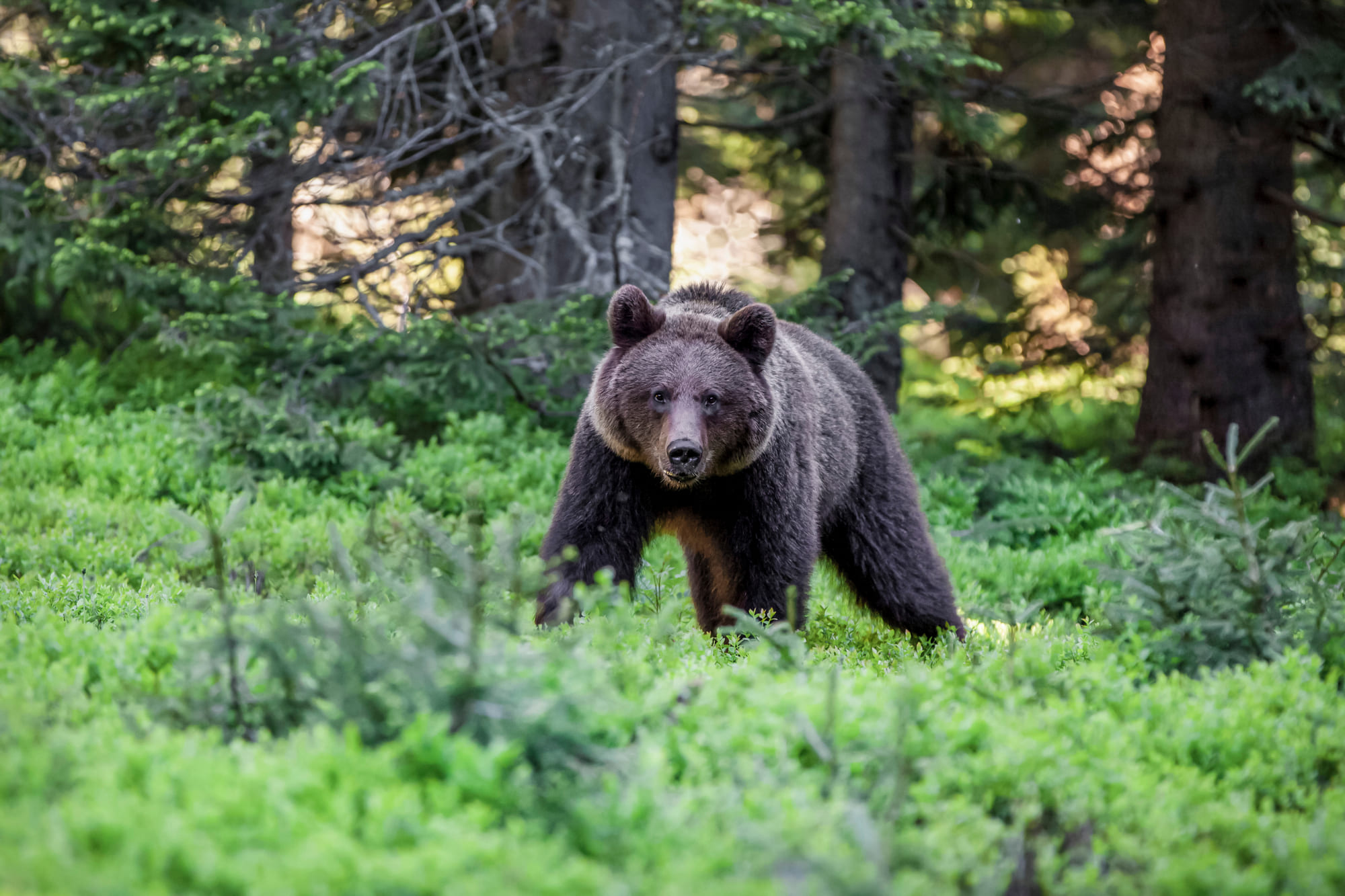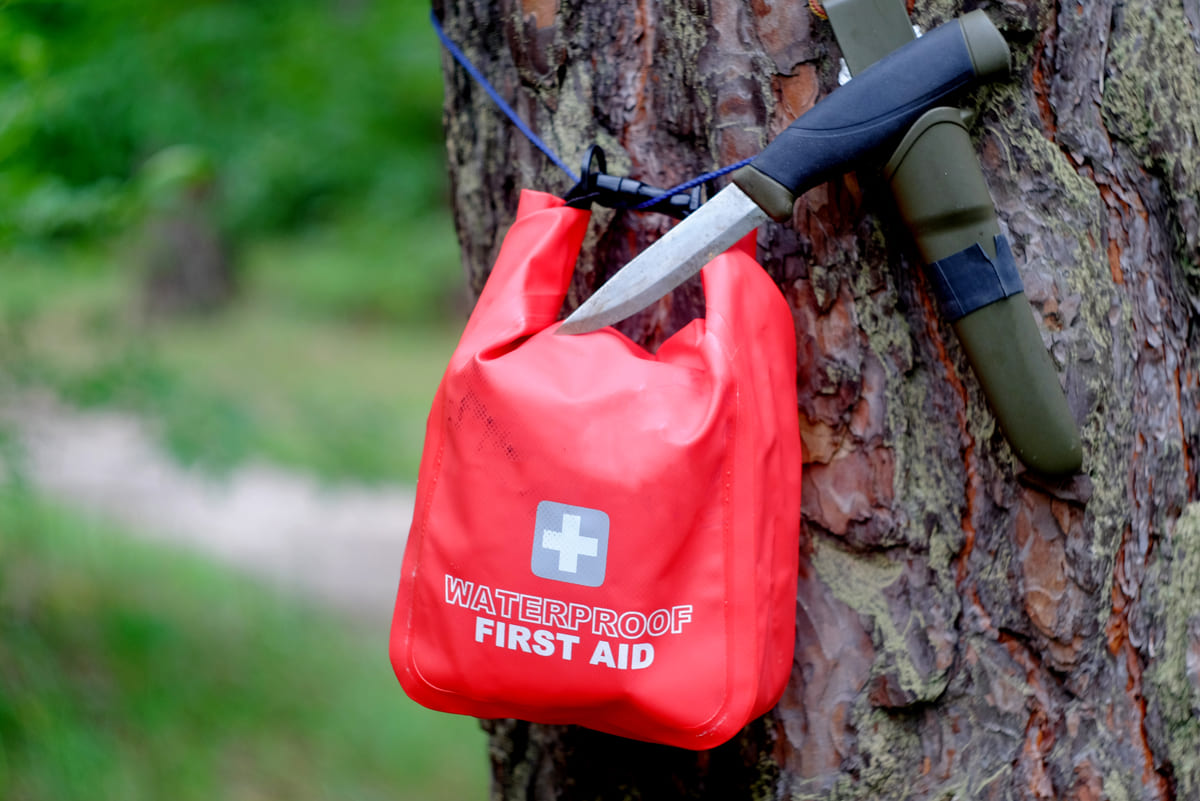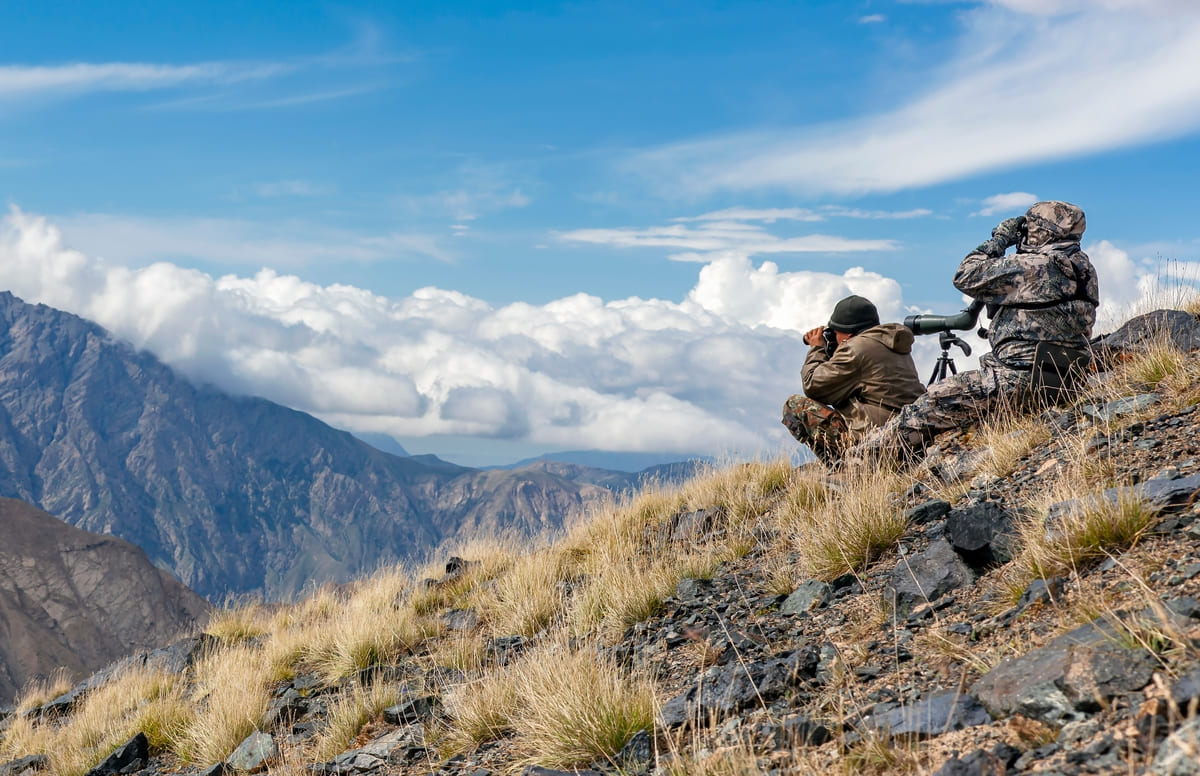When you set out into the vast, untamed wilderness of British Columbia, your gear can make or break your experience. Whether you’re chasing trophy game deep in rugged forests or navigating icy mountain passes, the right equipment is essential for both safety and success. In this comprehensive guide, we cover everything you need to know about choosing the right gear for your hunting adventure. From head-to-toe clothing and top-of-the-line weaponry to navigation tools, safety equipment, and gear maintenance, this article is your one-stop resource for preparing for the wild.
By integrating insights from trusted sources like the U.S. Forest Service and Outdoor Life, we’ve compiled expert recommendations and actionable advice to ensure you’re ready for any challenge the BC backcountry throws at you.
Table of Contents
- Introduction: Why Quality Gear Matters
- Understanding British Columbia’s Terrain and Climate
- Clothing and Footwear: Building Your Outdoor Wardrobe
- Weaponry and Ammunition: Choosing the Right Tools
- Navigation and Communication: Staying on Course
- Safety Equipment and Survival Tools: Prepared for the Unexpected
- Accessories to Enhance Your Hunting Experience
- Gear Maintenance: Ensuring Longevity and Reliability
- Tips and Tricks for Gear Optimization
- Conclusion: Gear Up for a Successful Hunt
1. Introduction: Why Quality Gear Matters
Venturing into British Columbia’s wilderness isn’t for the faint of heart. The unpredictable weather, diverse terrain, and remote locations all demand that every piece of your equipment be up to the task. Quality gear not only improves your chances of a successful hunt but also safeguards your well-being in potentially hazardous conditions.
Investing in reliable equipment means you’re prepared for sudden weather changes, unexpected obstacles, and emergencies. Think of your gear as an extension of yourself—a combination of protection, functionality, and performance that ensures you can focus on the thrill of the hunt.
In this article, we break down each component of your gear checklist, offering expert advice and practical tips to help you make informed choices that enhance both your safety and your hunting success.
2. Understanding British Columbia’s Terrain and Climate
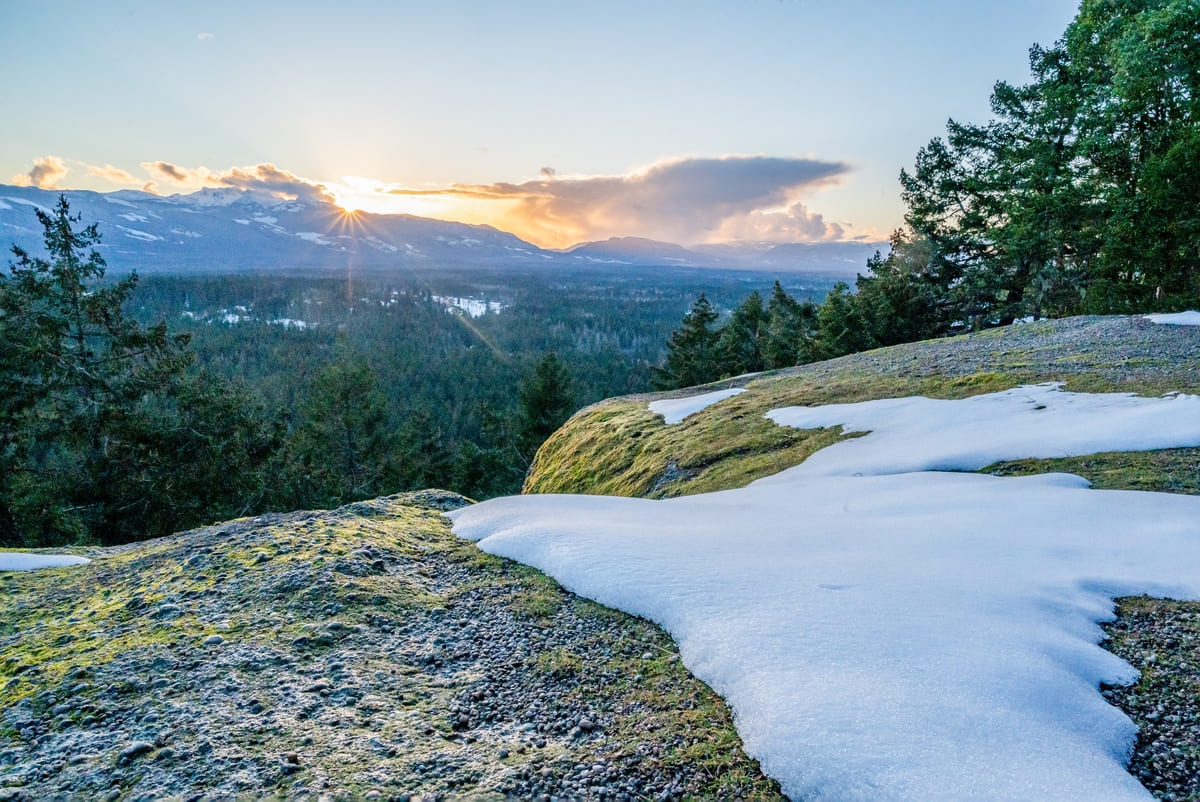
British Columbia is renowned for its breathtaking landscapes—from dense, rugged forests to soaring mountain ranges and expansive river valleys. Each environment poses unique challenges that require specialized equipment.
Assessing Weather Patterns and Seasonal Changes
BC’s weather is notoriously unpredictable. Here’s what you need to consider:
- Winter Hunts: Expect freezing temperatures, heavy snowfall, and icy conditions. Insulated clothing, thermal layers, and waterproof boots are critical.
- Summer Hunts: Though warmer, summer in BC can still bring sudden downpours and chilly evenings. Lightweight, moisture-wicking fabrics paired with sun protection are essential.
- Shoulder Seasons: Transitional weather demands versatility. You might need a mix of heavy layers and breathable fabrics to adapt quickly to changing conditions.
The Impact of Remote Wilderness on Gear Selection
Many hunting areas in BC are far from civilization, meaning that if an issue arises, help might be a long way off. This underscores the need for gear that is not only durable but also multi-functional. Your equipment must withstand extended use in harsh conditions without compromising performance. Consider:
- Reliability: Invest in gear with a proven track record for durability.
- Versatility: Items that serve multiple functions can reduce the overall weight and complexity of your pack.
- Ease of Repair: In remote settings, having equipment that can be quickly repaired or maintained on the go is a major advantage.
3. Clothing and Footwear: Building Your Outdoor Wardrobe
Your clothing and footwear form the foundation of your hunting gear. They protect you from the elements and ensure that you stay comfortable and agile throughout your expedition.

Layering for Optimal Performance
Layering is a key principle for outdoor clothing, allowing you to adjust to temperature fluctuations and physical exertion. The three layers typically include a base, insulating, and outer layer.
Base Layer
- Material: Look for moisture-wicking fabrics like merino wool or advanced synthetic fibers.
- Function: The base layer is responsible for drawing sweat away from your skin to keep you dry. This is crucial in preventing hypothermia during colder hunts.
- Examples: High-performance long-sleeve shirts that fit snugly and provide excellent moisture management.
Insulating Layer
- Material: Options include fleece, down, or synthetic insulation.
- Function: This layer retains your body heat during cold conditions. It’s important that this layer is both warm and breathable.
- Examples: A lightweight fleece jacket or a down vest that can be easily compressed and packed away when not needed.
Outer Layer
- Material: Waterproof and windproof fabrics are non-negotiable.
- Function: The outer layer protects you from rain, wind, and snow while still allowing moisture to escape. Look for features like adjustable hoods and ventilation zippers.
- Examples: A durable shell jacket that offers a balance between protection and breathability.
Specialized Hunting Apparel
Beyond basic layering, hunting-specific apparel is designed to provide both camouflage and functionality.
Camouflage Patterns
- Selection: Choose patterns that mirror the terrain you’ll be hunting in—whether it’s dense woodland, rocky mountains, or open plains.
- Benefit: Camouflage helps you blend into your surroundings, minimizing the chance of startling wildlife.
- Tip: Consider seasonal variations in camouflage, as colors and patterns might need to change between summer and winter hunts.
Comfort and Mobility
- Design: Look for clothing that offers stretch and an ergonomic fit. This ensures you have the full range of motion required for stealth and endurance.
- Benefit: Properly designed apparel reduces fatigue and helps prevent chafing or discomfort during long days in the field.
- Examples: Hunting pants and jackets with reinforced seams and adjustable components to enhance fit and mobility.
Footwear Essentials
- Requirements: Your boots should be waterproof, insulated, and built to handle rough, uneven terrain.
- Features: Look for deep tread patterns for traction, excellent ankle support to prevent injuries, and durable materials that resist wear and tear.
- Examples: High-quality hunting boots that offer both comfort and rugged durability, essential for navigating rocky trails and slippery slopes.
4. Weaponry and Ammunition: Choosing the Right Tools
Your choice of weaponry is central to the hunting experience. Whether you prefer the precision of rifles, the challenge of bowhunting, or the versatility of handguns, selecting the right tool is crucial for a successful hunt.
Rifles, Bows, and Handguns
Each type of weapon has its unique advantages and considerations.
Rifles
- Overview: Rifles are the most popular choice for many hunters in BC due to their accuracy and stopping power.
- Key Considerations:
- Caliber: Choose a caliber that delivers sufficient stopping power while maintaining manageable recoil.
- Weight: Lighter rifles are easier to carry for extended periods.
- Customization: Look for models that offer modular features, such as adjustable stocks and the ability to mount scopes.
- Expert Opinion: Many experienced hunters favor rifles with proven reliability in harsh conditions, ensuring consistent performance in the varied landscapes of BC.
Bows
- Overview: Bowhunting is often seen as a more challenging pursuit that requires stealth and precision.
- Key Considerations:
- Draw Weight: Ensure that the bow’s draw weight is appropriate for your physical strength and the game you’re targeting.
- Accuracy: Modern compound bows offer impressive accuracy, but regular practice is essential.
- Maintenance: Bows require routine tuning and maintenance to perform at their best.
- Expert Opinion: Bowhunters often appreciate the silent approach it allows, providing a distinct advantage when stalking wary game.
Handguns
- Overview: Handguns can be a practical choice for close-range encounters or backup defense.
- Key Considerations:
- Caliber: Similar to rifles, the caliber should balance power with ease of handling.
- Ergonomics: A handgun that fits well in your hand and has a smooth trigger pull can significantly impact accuracy.
- Portability: Handguns are typically more compact, making them easier to carry as a secondary weapon.
- Expert Opinion: While less common than rifles or bows for primary hunting, handguns serve as an excellent complement in situations that require quick, close-range responses.
Ammo, Reloading Supplies, and Maintenance
No matter your chosen weapon, ammunition and proper maintenance are vital.
Ammunition Essentials
- Selection: Match your ammunition type to your weapon and the game you’re pursuing. Consider factors like bullet weight, velocity, and terminal performance.
- Quantity: Always carry extra ammunition. In remote areas, having more than you think you’ll need can be crucial.
- Storage: Keep your ammunition in a dry, secure container to prevent moisture damage and accidental discharges.
Reloading Supplies
- Overview: For avid hunters who shoot frequently, reloading supplies can be both cost-effective and tailored to your needs.
- Tools: Invest in a quality reloading press, dies, and a reliable scale for precise measurements.
- Safety: Follow best practices and safety guidelines when reloading to avoid any mishaps.
Weapon Maintenance
- Routine Cleaning: Regular cleaning of your firearms and bows is essential to keep them functioning reliably in harsh conditions.
- Inspection: Periodically inspect your equipment for wear and tear, paying close attention to moving parts and seals.
- Professional Servicing: When necessary, have your weapons serviced by professionals to ensure they remain in top condition.
5. Navigation and Communication: Staying on Course
In the vast wilderness of British Columbia, getting lost isn’t an option. Navigation and communication gear are as crucial as any other piece of equipment.
GPS, Maps, and Compass Essentials
Modern navigation tools are indispensable for remote hunting expeditions.
GPS Devices
- Features: Look for devices with robust battery life, waterproofing, and detailed topographical maps.
- Functionality: A good GPS device can track your route, mark waypoints, and help you navigate unfamiliar terrain.
- Integration: Consider devices that allow you to sync with your smartphone or digital maps for real-time updates.
Traditional Maps and Compasses
- Reliability: Even in the age of digital gadgets, paper maps and compasses are invaluable backups.
- Usage: Learn how to read topographical maps and use a compass effectively—skills that can be lifesaving when technology fails.
- Example: Carrying a detailed map of BC’s wilderness regions ensures that you can plan alternate routes and find landmarks even when off-grid.
Communication Devices for Remote Areas
Staying connected is vital, especially in emergency situations.
Satellite Phones
- Coverage: Satellite phones provide coverage in areas where cell service is non-existent.
- Durability: Choose models built for rugged environments that can withstand extreme temperatures and rough handling.
- Use Case: Ideal for long expeditions where traditional cell service is unreliable.
Personal Locator Beacons (PLBs)
- Function: PLBs can send distress signals with your precise location to rescue services.
- Ease of Use: Simple to activate in emergencies, ensuring that help can be dispatched quickly.
- Maintenance: Regularly test your PLB to ensure it’s operational when you need it most.
6. Safety Equipment and Survival Tools: Prepared for the Unexpected
Safety should always be a top priority when venturing into the wild. Your safety equipment can be the critical difference in emergency situations.
Personal Protective Equipment (PPE) and First Aid Kits
PPE Essentials
- Protective Clothing: Items such as durable gloves, eye protection, and ear protection are indispensable.
- Boots and Insoles: Besides providing comfort, good boots reduce the risk of injury from rugged terrain.
- Additional Gear: Consider hard hats or knee pads if you’re navigating particularly treacherous paths.
First Aid Kits
- Comprehensive Contents: Your kit should include bandages, antiseptics, pain relievers, and any personal medications.
- Specialized Additions: Depending on the environment, items like snake bite kits or emergency thermal blankets might be necessary.
- Regular Checks: Inspect and restock your first aid kit before every trip to ensure nothing is expired or missing.
Emergency and Survival Gear
Survival Tools
- Multi-Tools: A reliable multi-tool with pliers, knives, and screwdrivers can be invaluable in various situations.
- Fire Starters: Waterproof matches, lighters, and fire starters ensure you can build a fire in adverse conditions.
- Signal Devices: Whistles, mirrors, or flare guns can help attract attention if you become lost.
Emergency Shelter
- Tents and Tarps: A lightweight, easy-to-set-up tent or tarp can provide essential shelter during unexpected weather changes.
- Sleeping Systems: Quality sleeping bags rated for the expected temperatures and insulated sleeping pads are a must for a good night’s rest in the wilderness.
7. Accessories to Enhance Your Hunting Experience
The right accessories can make your hunt not only safer but more enjoyable and efficient.
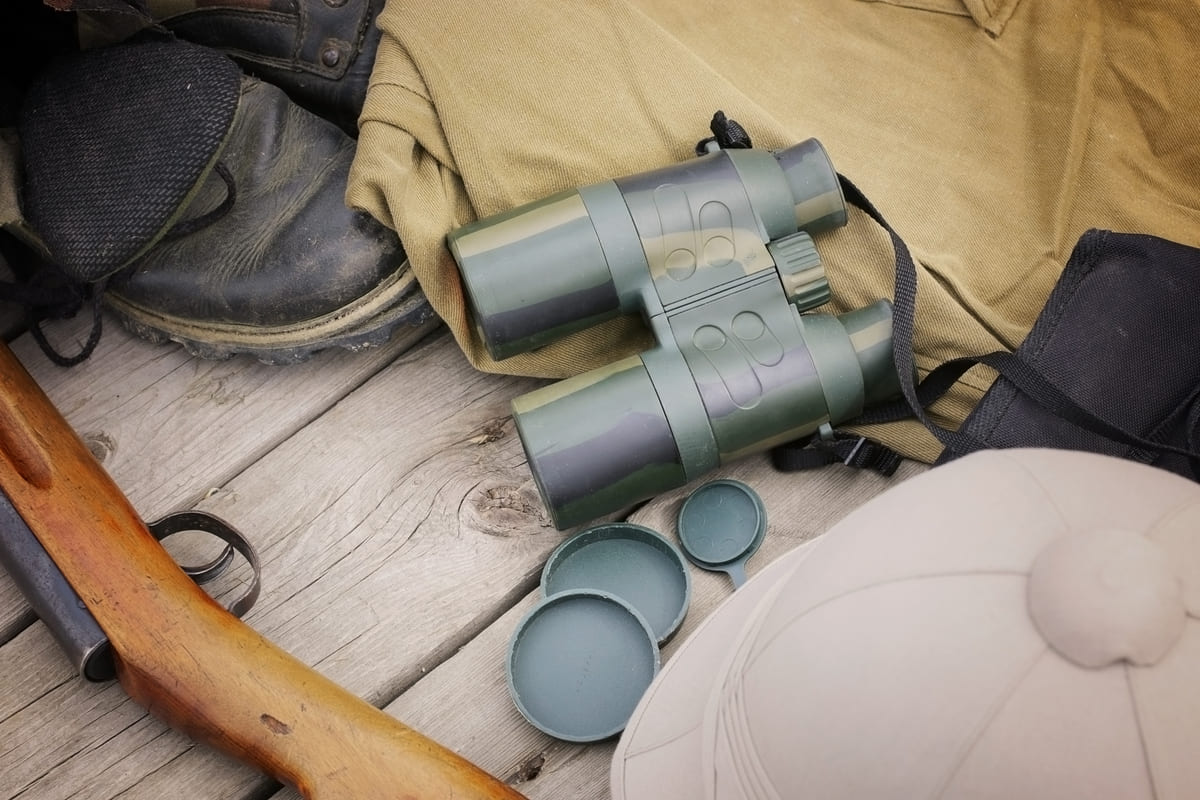
Optics, Scopes, and Binoculars
Scopes
- Precision: High-quality scopes with adjustable magnification are critical for long-range shooting.
- Durability: Ensure that your scope is built to withstand recoil and harsh environmental conditions.
- Maintenance: Regularly clean and adjust your scope to keep it in peak condition.
Binoculars
- Field of View: Choose binoculars that offer a wide field of view for tracking moving game.
- Waterproofing: Essential for protection against rain and snow.
- Portability: Compact and lightweight models are ideal for carrying during long treks.
Other Essential Accessories
Rangefinders
- Accuracy: These devices help you accurately gauge distance, which is crucial for making the right shot.
- Ease of Use: User-friendly models can quickly deliver precise readings, saving valuable time in the field.
Hunting Blinds and Stands
- Concealment: Portable blinds and stands help you remain hidden while waiting for game.
- Setup: Look for options that are easy to assemble and disassemble, making them perfect for remote locations.
Backpacking and Storage Solutions
- Organization: A well-designed hunting backpack with multiple compartments ensures that all your gear is accessible.
- Durability: Look for weather-resistant materials that can handle the rigors of the wild.
8. Gear Maintenance: Ensuring Longevity and Reliability
Investing in quality gear is only the first step—maintaining it is equally crucial. Proper care extends the life of your equipment and ensures it performs when you need it most.
Cleaning and Storage
Routine Cleaning
- Firearms and Optics: Regularly clean and oil your firearms and scopes to prevent corrosion and maintain accuracy.
- Clothing and Footwear: Follow manufacturer instructions for washing and drying to preserve the technical fabrics and waterproof features.
- Tools and Accessories: Clean multi-tools and other accessories after each trip to remove dirt, moisture, and debris.
Proper Storage
- Climate Control: Store your gear in a cool, dry environment to prevent moisture damage and mold growth.
- Organized Setup: Use storage containers and cases designed for your specific equipment. This helps in keeping everything organized and easily accessible when it’s time to head out.
Repair and Replacement Guidelines
Routine Inspections
- Pre-Trip Checks: Always inspect your gear before leaving. Look for any signs of wear, damage, or malfunction.
- Professional Servicing: For complex items like firearms, periodic servicing by certified professionals ensures safety and reliability.
Replacement Strategies
- Set Lifespan: Understand the expected lifespan of critical gear items. For example, insoles, batteries in GPS devices, and even certain clothing items may need regular replacement.
- Upgrading: Stay informed on new technological advances or improvements in gear design. Upgrading periodically can significantly enhance your performance and safety in the field.
9. Tips and Tricks for Gear Optimization
Maximizing your gear’s potential isn’t just about buying the best products; it’s about smart usage and continual optimization.
Packing Efficiently
- Weight Distribution: Organize your backpack so that heavy items are centered and close to your back. This reduces strain and improves balance.
- Accessibility: Place essential items (like first aid kits, water, and communication devices) in easily accessible pockets.
Field Testing
- Practice Runs: Before your big hunt, take short trips to test your gear. This helps identify any issues and allows you to familiarize yourself with your equipment.
- Feedback Loop: Keep a journal of your experiences. Note what worked well and what could be improved for future trips.
Learning and Adaptation
- Workshops and Courses: Consider attending outdoor survival and gear maintenance workshops. Learning from experts can give you a new perspective on optimizing your kit.
- Online Communities: Join forums and social media groups where hunters share their experiences and tips on gear optimization. These communities are treasure troves of practical advice.
10. Conclusion: Gear Up for a Successful Hunt
Venturing into British Columbia’s rugged wilderness is an experience like no other. With the right gear, you not only enhance your chances of a successful hunt but also ensure your safety and comfort amid nature’s challenges. From carefully selecting your clothing and weaponry to ensuring your navigation and safety equipment are top-notch, every decision matters.
Remember, your gear is more than just equipment—it’s your partner in adventure. By following the guidelines in this essential gear guide, you’re well on your way to preparing for a hunting experience that is both thrilling and secure. As you head out into the wild, trust in the power of preparation, continuous learning, and smart gear maintenance.
Stay safe, stay prepared, and may your next hunt in British Columbia be both successful and unforgettable.
Ready for Your Next Adventure?
Are you ready to experience the thrill of a lifetime in the rugged wilds of British Columbia? At Milligan Outfitting, we’re passionate about delivering unforgettable, guided hunting and fishing adventures that blend expertise with a deep respect for nature. Whether you’re chasing trophy mountain goats, pursuing a challenging black bear hunt, tracking a majestic moose, or casting your line in pristine waters, we’ve got a tailored expedition just for you.
- Discover the Ultimate Adventure: Start at our Home Page to learn more about our rich heritage and what sets us apart
- Mountain Goat Hunting: Ready for a high-altitude challenge? Explore our Mountain Goat Hunting trips.
- Black Bear Hunting: For those seeking the thrill of a close encounter, check out our Black Bear Hunting experiences.
- Moose Hunting: If you’re in pursuit of that coveted “Mac Daddy” moose, browse our Moose Hunting adventures.
- Fishing Trips: If fishing is more your style, discover our world-class angling opportunities.
Have questions or ready to book your dream expedition? Don’t hesitate to Contact Us today. Let’s make your next adventure the one you’ll never forget!
By adhering to the advice in this guide and keeping up with the latest expert recommendations from trusted resources like the U.S. Forest Service and Outdoor Life, you’ll be equipped to handle the challenges of the BC backcountry. Happy hunting!
This article is designed to serve as a foundational resource for hunters looking to optimize their gear and enhance their overall experience in British Columbia. By following these recommendations and regularly updating your knowledge on gear innovations and field techniques, you ensure that every expedition is as safe and successful as possible.
Note: Always check local regulations and weather forecasts before heading out, and consider taking a survival skills course if you’re new to remote hunting expeditions.
